Tulips are among the most cherished and recognizable flowers worldwide, renowned for their diverse array of colors and shapes. This popular flowering plant, belonging to the Liliaceae family, thrives in various climates and is a staple in gardens and floral arrangements. Originating from Central Asia, tulips have made their mark in horticulture, capturing the hearts of gardeners and flower enthusiasts alike. Their vibrant blooms not only enhance the aesthetics of outdoor spaces but also bring a multitude of meanings and symbolism, deeply embedded in cultural contexts.
The significance of tulips extends beyond mere beauty; they represent a spectrum of emotions and messages. Each color of tulip carries its unique symbolism, creating a language of their own that speaks to the observer. For instance, red tulips usually symbolize love and passion, while yellow tulips convey cheerfulness and hope. White tulips represent purity and forgiveness, and purple tulips often reflect royalty and elegance. This rich tapestry of meanings allows tulips to be integral to celebrations, commemorations, and personal expressions within various settings.
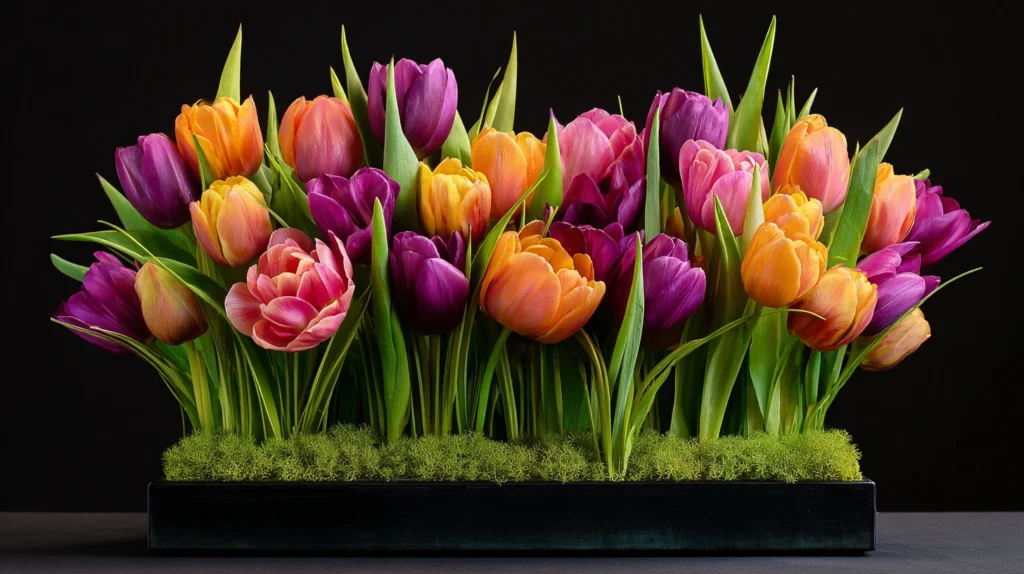
As we delve into the vibrant world of tulip colors, it becomes apparent that the appeal of these flowers lies in their ability to evoke feelings and tell stories through their hues. The variety of tulip colors, ranging from the most radiant reds and yellows to the softest pastels, contributes significantly to their popularity in gardens and landscapes. Whether they adorn flower beds, borders, or pots, the captivating sight of tulips in bloom is a visual feast for all who encounter them. Understanding the significance and the emotional resonance of tulip colors sets the stage for a deeper exploration into the unique attributes that define each shade in this remarkable floral spectrum.
Popular Tulip Colors and Their Meanings
Tulips, celebrated for their beauty and variety, come in a multitude of colors, each conveying distinct meanings and emotions. Among the most popular are red, yellow, pink, white, and purple. These vibrant hues not only enhance gardens but also play significant roles in floral arrangements for various occasions.
Red tulips are iconic symbols of love and passion. Their historical significance dates back to the Ottoman Empire, where they were revered and often associated with the bloom of spring. Presenting red tulips is often seen as a declaration of affection, making them ideal for romantic gestures or to symbolize a deep emotional connection.
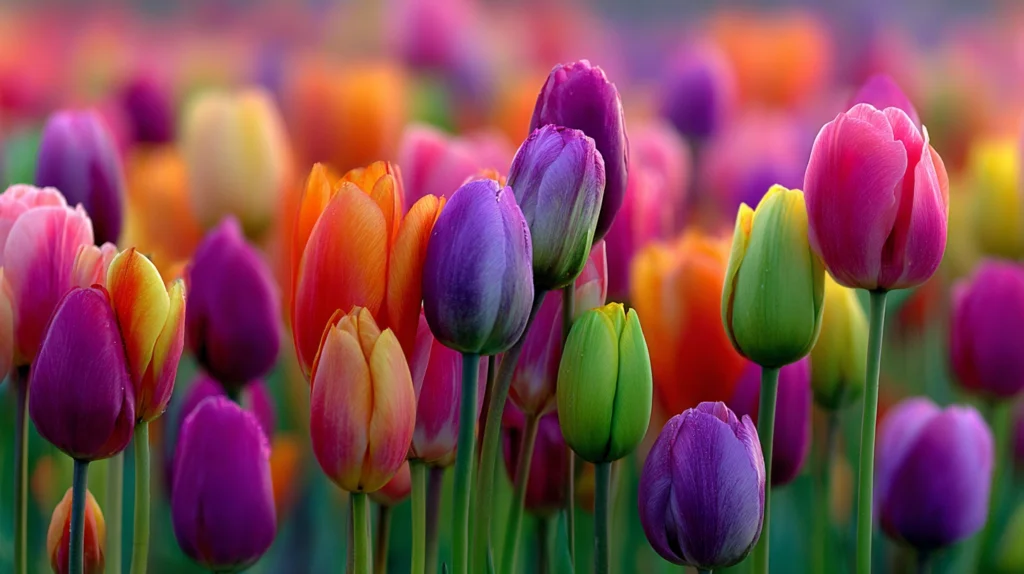
Yellow tulips, on the other hand, represent cheerfulness and warmth. They are often linked to the bright sun and evoke feelings of happiness and hope. Gifting yellow tulips can signify a wish for a cheerful and prosperous future, making them a popular choice for celebrations such as birthdays and graduations.
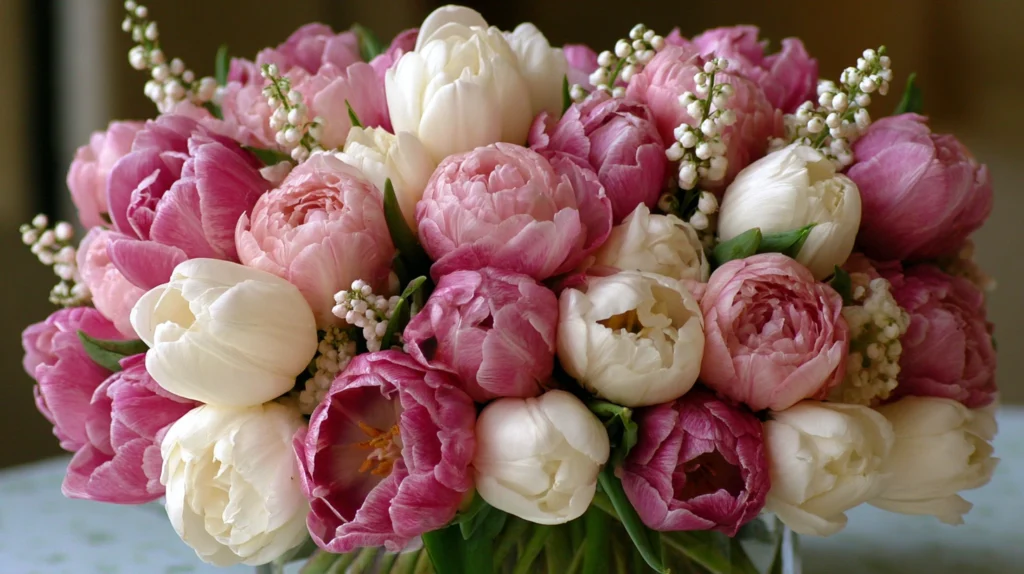
Pink tulips convey a sweet and nurturing sentiment. They symbolize affection, caring, and love, making them suitable for both romantic and platonic relationships. Pink tulips are commonly used in arrangements for Mother’s Day and other celebrations that honor friendship and familial bonds.
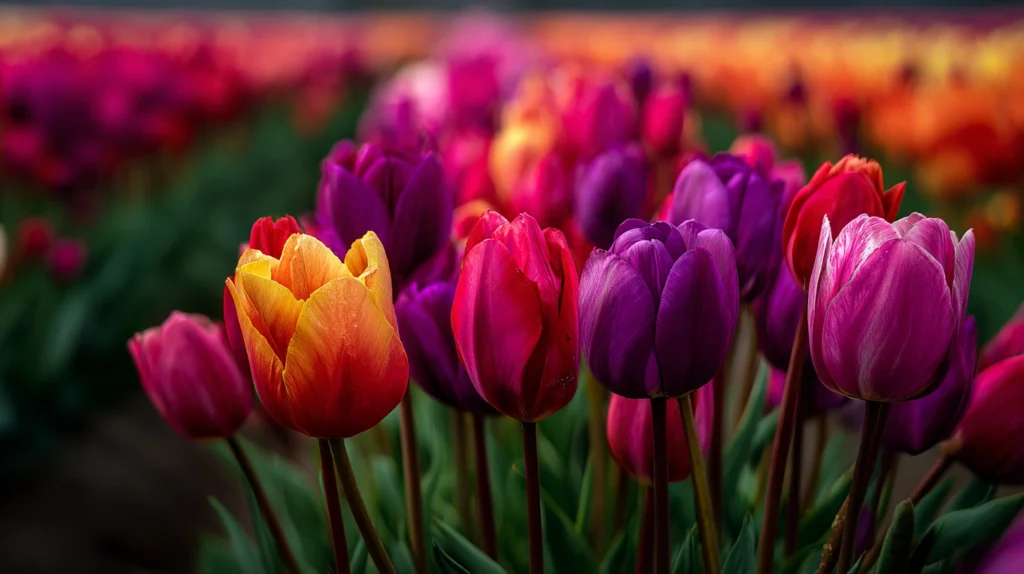
White tulips symbolize purity and innocence, often used in wedding bouquets to signify new beginnings. Their serene presence in garden landscapes and floral displays exudes tranquility, making them a favored choice for remembrance and honoring loved ones during solemn occasions.
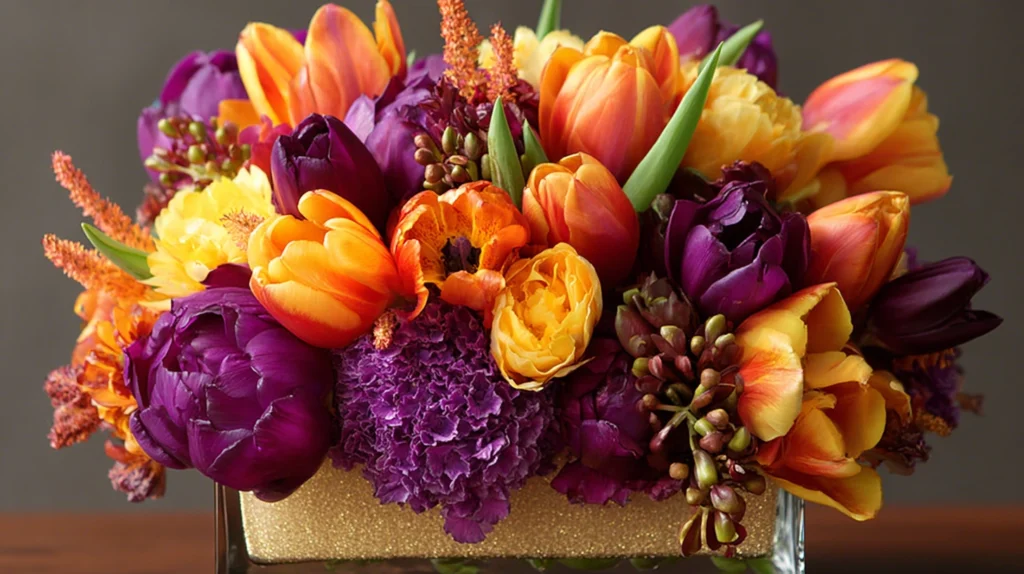
Lastly, purple tulips evoke feelings of elegance and royalty. Historically, purple has been associated with nobility, and these tulips are often chosen to add a touch of sophistication to any floral arrangement. They can symbolize admiration and are frequently included in bouquets for formal events.
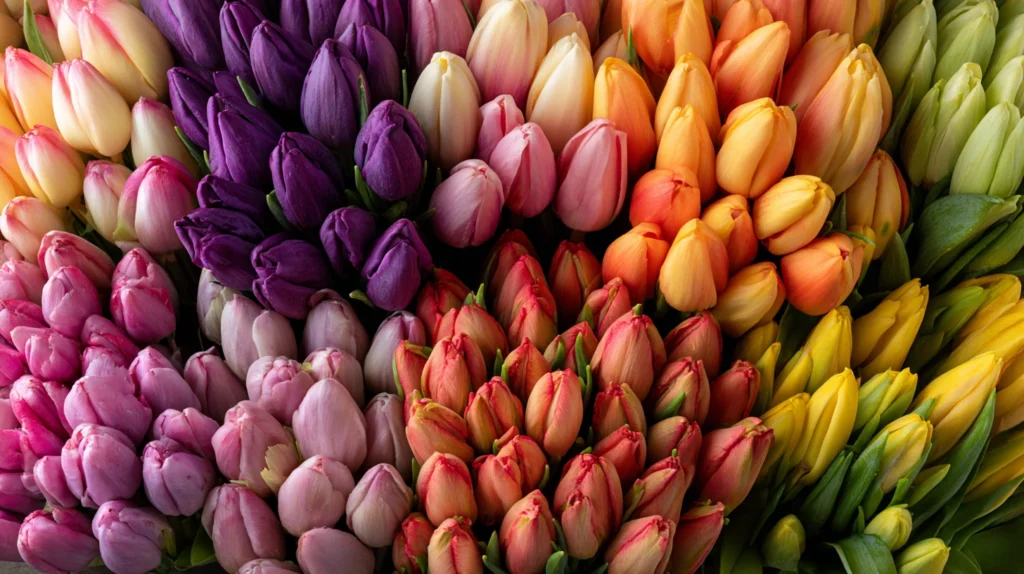
Understanding the significance of these popular tulip colors enriches the experience of selecting them for gardens, bouquets, and special occasions, allowing for intentional expression of sentiments through nature’s palette.
Rare and Unique Tulip Varieties and Their Colors
Tulips are exceptionally diverse and have captivated horticulturists and garden enthusiasts alike with their vibrant array of colors. Among the common hues lie rare and unique varieties that stand out due to their unusual shades and patterns. Notably, tulips can display a mesmerizing spectrum of colors, such as deep black, striking green, and fascinating bi-color combinations. These unique tones often arise from specific genetic variations, providing distinct characteristics that entice both collectors and casual gardeners.
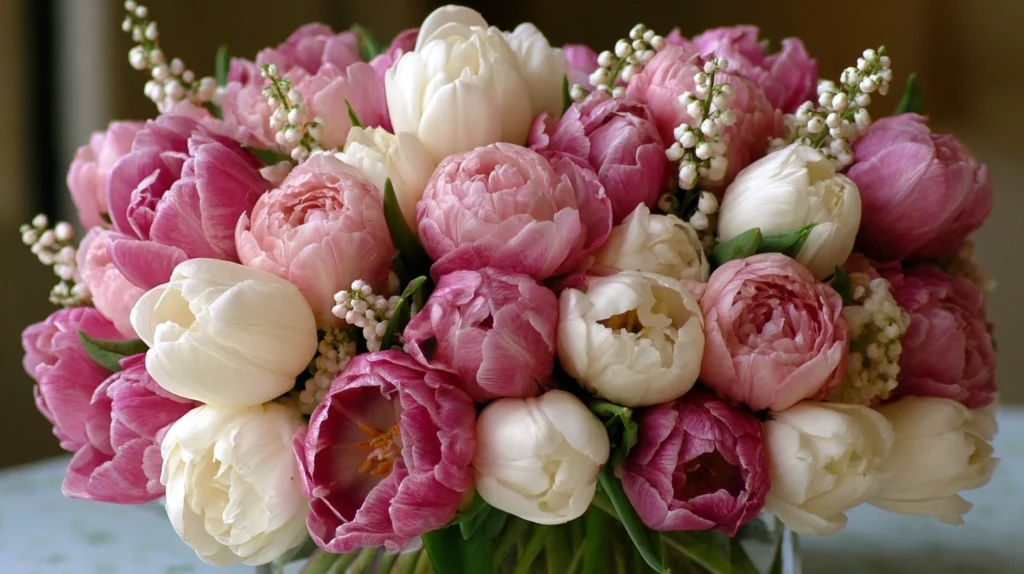
One of the most sought-after tulip varieties is the black tulip, notably established with deep, dark shades that can appear almost velvety. The genetics behind this rich color are meticulously cultivated, sometimes crossing species to enhance the depth of hue. Similarly, green tulips, such as the well-known “Green Wave,” embody an extraordinary twist on the typical tulip appearance, showcasing their genetic uniqueness. These rare forms not only add dynamic visual interest to a garden but also reflect cultural meanings in various regions. For instance, black tulips have often been associated with elegance and sophistication, whereas green tulips signify renewal and growth.
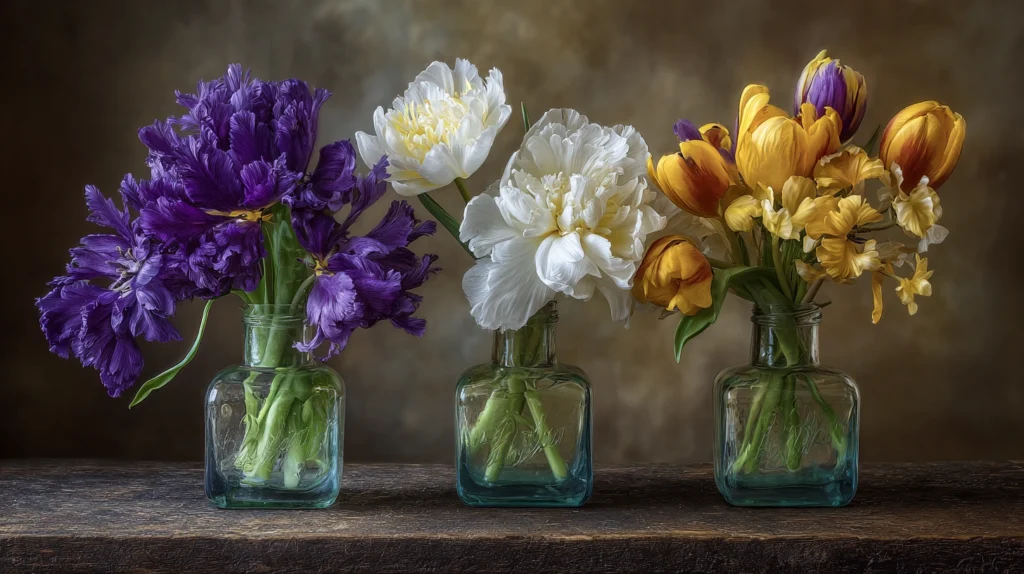
Bi-color tulips enhance this array of uniqueness, featuring petals adorned with two contrasting colors, which create striking patterns and visual impact. These varieties can draw attention with their spectacular combinations, serving as focal points in garden arrangements. In various cultures, such flowers symbolize different meanings, often relating to joy and celebration. Incorporating rare tulip varieties into one’s garden can significantly enhance its beauty and aesthetic appeal, showcasing the remarkable depth of nature’s palette.
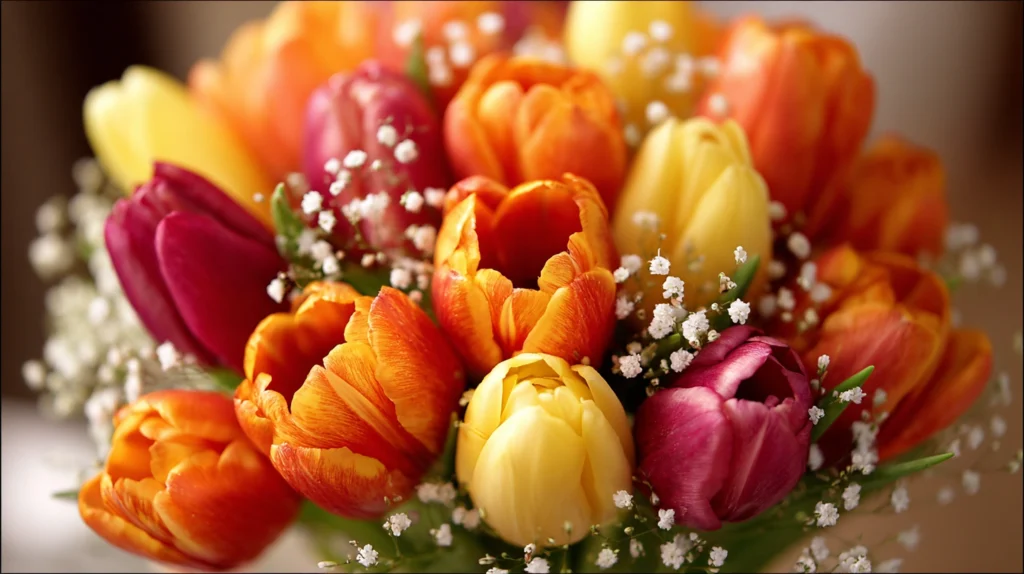
Tips for Choosing and Caring for Tulip Colors in Your Garden
When planning to cultivate tulips in your garden, selecting the right colors to complement your landscape design is crucial. Consider the overall theme or color scheme of your garden before purchasing tulip bulbs. Tulips come in various hues, from vibrant reds and yellows to soft pinks and purples. To create a harmonious look, choose colors that either complement or contrast effectively with your existing plants and garden decor.
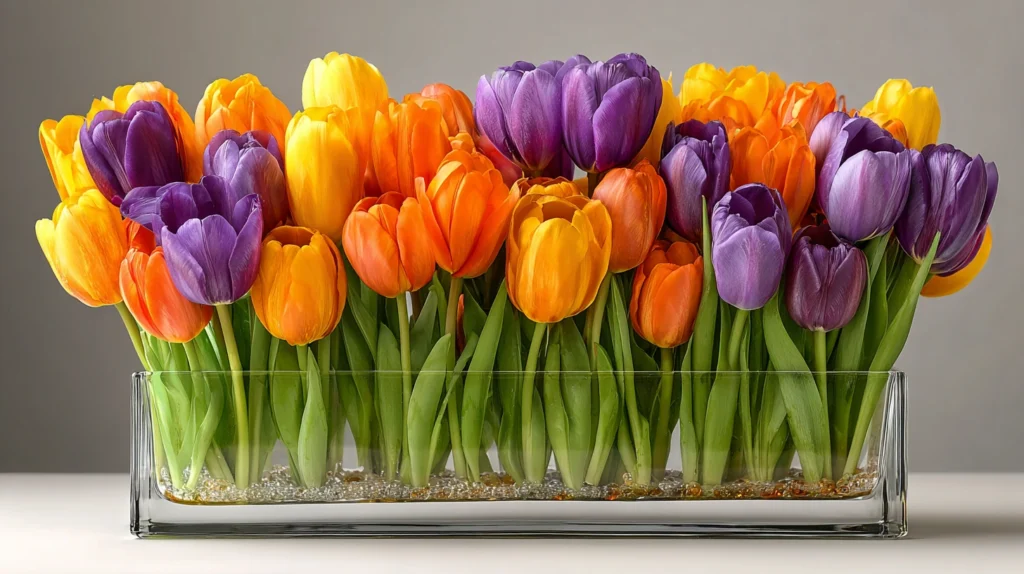
Planting tulips at the appropriate time is also essential for their growth. Ideally, tulip bulbs should be planted in the fall before the ground freezes, allowing them to establish roots before winter. Choose a location with well-draining soil and plenty of sunlight, as tulips thrive in such conditions. When planting, dig holes approximately six to eight inches deep, placing the bulbs with the pointed end facing upwards. For a more natural appearance, consider grouping bulbs in odd numbers instead of straight lines.
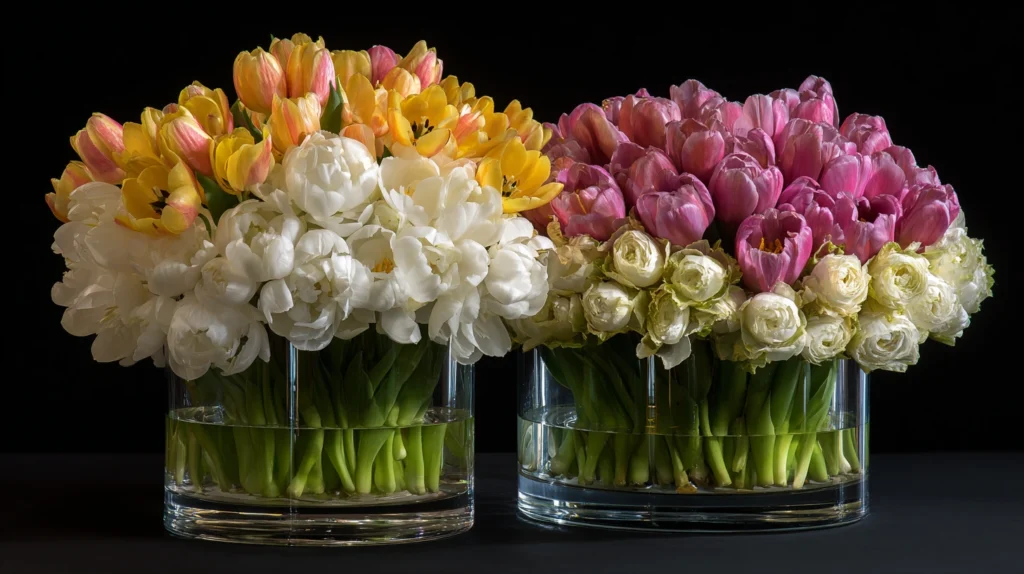
In addition to careful planting, proper care is vital for healthy blooms. Water the tulips adequately during their growing season, especially if rainfall is scarce. However, avoid overwatering, as this can lead to bulb rot. Once the tulips have finished flowering, it is important to deadhead the spent blooms to prevent the plant from focusing energy on seed production. Allow the foliage to remain until it turns yellow, as this helps the bulb store energy for next year’s growth.
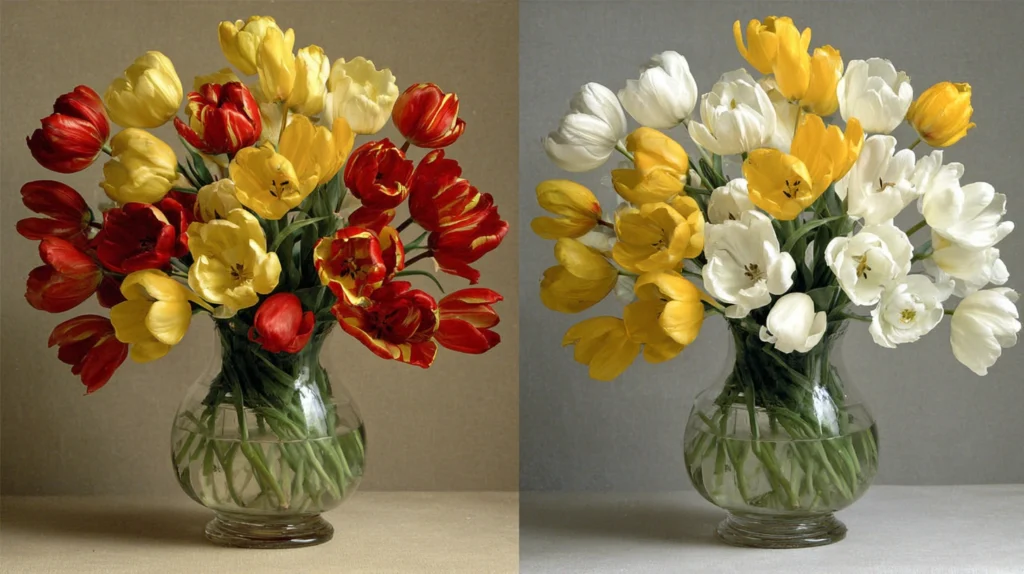
To showcase a variety of tulip colors effectively, consider utilizing different heights and bloom times. Early, mid, and late-blooming tulips can provide a stunning display throughout the spring season. By incorporating these strategies, gardeners can enjoy a vibrant array of tulip colors, adding beauty and vitality to their outdoor spaces.
